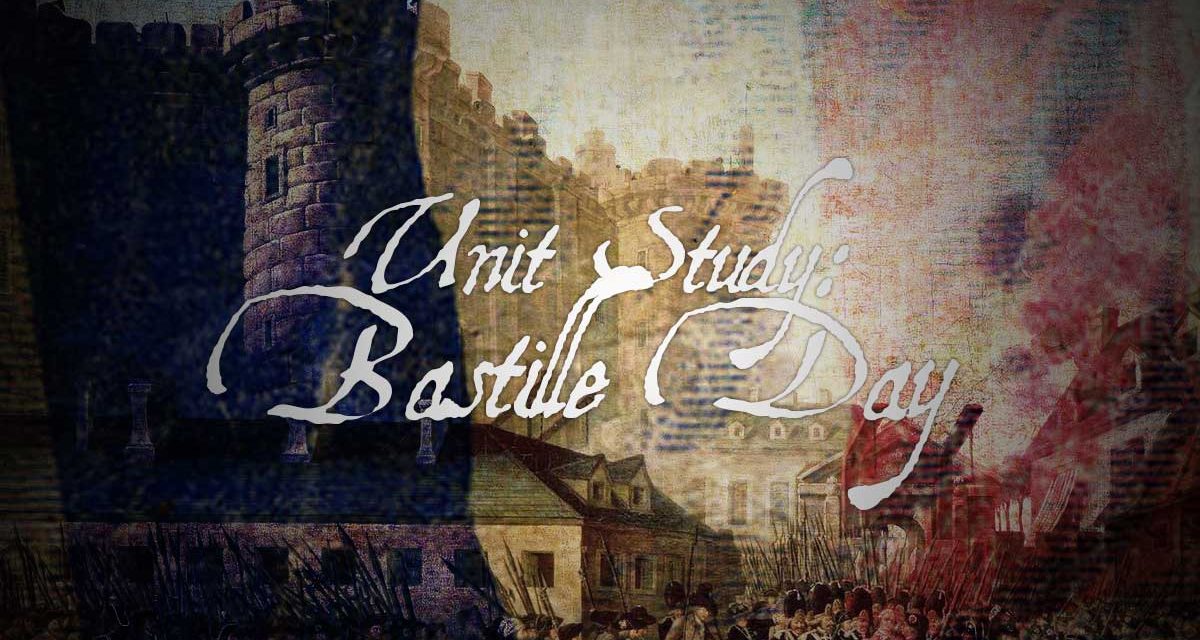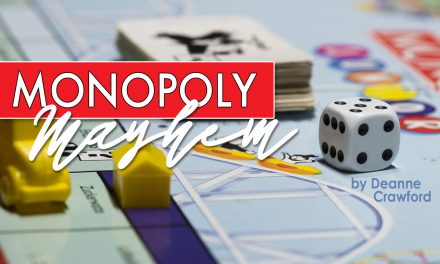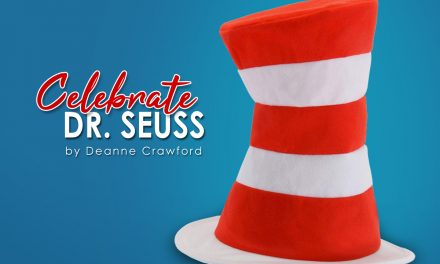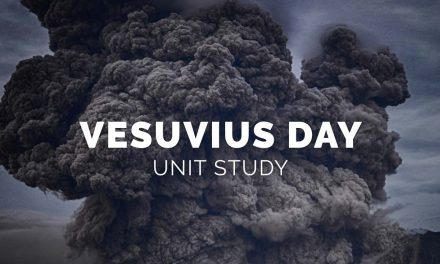Bastille Day, or French Independence Day (similar to our American Independence Day) celebrates a day that has impacted all of us, whether of French heritage or not. Briefly, Bastille Day is celebrated on July 14th.
In France, this day is formally known as La Fête Nationale or more commonly, Le Quatorze Juillet (the fourteenth of July) and commemorates the storming of the Bastille which started the French Revolution. More than any other event in the 18th century, the revolution changed the face of modern politics across Europe. Learning about Bastille Day may take many forms, and “rabbit trails.” Here are few suggestions for a unit study for all ages.
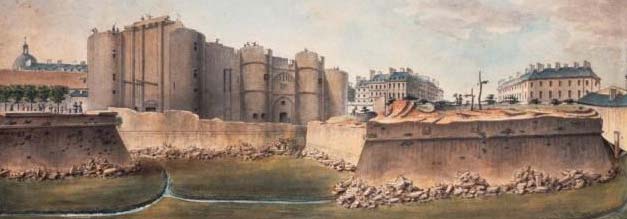
History
France during this time was considered an absolute monarch rule. What does this mean? Why did the French revolt against this type of rule? What was the Bastille? What did it represent to the French? Ducksters.com and Social Studies for Kids will help them understand the history behind this momentous event. Teens (and adults!) will find Origins: Current Events in Historical Perspective or the Emerson Kent History for Relaxed Historian valuable to help them understand the Bastille and its impact on the French Revolution.
Ask your older children to learn more about the impact of the American Revolution on the French Revolution. While French citizens were inspired to revolt because of the success of the American Revolution, there are many historians who feel the financial support France provided to America during our revolution significantly impacted the economic crisis central to the French Revolution.
During this tumultuous time in French history, military leader, Napoleon I, rapidly rose to prominence. Learn more about Napoleon. Websites abound, including the History Channel and Ducksters.com Biographies for Kids. Numerous books are also available. A bonus research project for teens: Was Napoleon an effective leader? Why or Why Not?
Regarding Napoleon, here is a fun fact. Did you know, that in 1799, during Napoleon’s military campaign in Egypt, a French soldier named Pierre Francois discovered the Rosetta Stone, which provided the key to cracking Egyptian hieroglyphics. Young children can research how the Rosetta Stone got its name, as well as where it is displayed today. Ask them to investigate if it has always been at the British Museum. Khan Academy and Napoleon and the Scientific Expedition to Egypt offer background information on the Rosetta Stone. View images from the British Museum. Study the stone. Composed of a form of granite called granodiorite, you can learn more at Geology.com or the National Park Service.
Science
Let’s transition to Science. Have your children learn about Antoine Lavoisier, a scientist during the French Revolution. Lavoisier is considered the Father of Chemistry and was the youngest member of the French Academy of Science. Some of his accomplishments include writing the first list of chemical elements (forerunner of the periodic table) and naming the elements carbon, hydrogen and oxygen. He also advanced the idea of combustion: when something burns it is because it is reacting with oxygen. Simple experiment time! With adult supervision, have your child light a candle. Carefully place a clear glass or jar over the candle. What happens? Older children may be interested in learning that Antoine Lavoisier was guillotined during the French Revolution’s Reign of Terror.
As a family, consider researching the history of the guillotine at the Guillotine history website. You can also read the 8 Things You May not Know About the Guillotine. Considered obsolete today, the guillotine as a method of execution was championed by Dr. Guillotin as a painless, efficient way to execute criminals. Interesting facts about Dr. Guillotin: although he championed the guillotine, he did not invent it. His name is correctly spelled without the final “e”, which was added later in the 19th century by a poet seeking a rhyme.
Math
Frequently overlooked, math activities can be important to your unit study. Within the context of the Bastille Day, you may be interested to learn that the metric system was introduced toward the end of the French Revolution. Children can learn the history of the metric system, the purported benefits of the metric system and even the system itself. Math is Fun has neat graphics and practical information to learn this system of measurement. Want to learn more about math in the 19th century? Check out The Story of Mathematics.
Literature
To conclude our unit study on Bastille Day, I saved the best for last: Quality Literature! Literature options abound for a study of the French Revolution, and while not all are appropriate for all ages, one of these may work well to bring history alive for your family: A Tale of Two Cities by Charles Dickens; G.A. Henty’s In the Reign of Terror; In Search of Honor (Bob Jones University Press).
It is my hope that these ideas of a unique holiday will whet your appetite for summer learning as a family. Vive Le France!

